Ancient Kuttamuwa Stele And Iron Age Belief That Soul Lived In Funerary Slab
A.Sutherland - AncientPages.com - Ancient cultures in human history have tried to honor and commemorate their dead.
An ancient Middle East tradition among prehistoric cultures in Mesopotamia, Egypt, Anatolia, and the Levant (Syria-Palestine) is also closely related to the relationship between the dead, people’s funerary customs and life in the eighth century B.C
Food, drink, offerings and stone effigies in maintaining a place for the dead in family life show how the living cared for the dead.
One such object that gives us insight into this tradition is the Kuttamuwa Stele, discovered in 2008 by University of Chicago archaeologists at Zincirli, Turkey, the site of the ancient city of Sam'al, which was once the capital of a prosperous kingdom, and now, an important Iron Age site under excavation.
The stele was found in a suburb of the walled city, probably in Kuttamuwa’s own house.
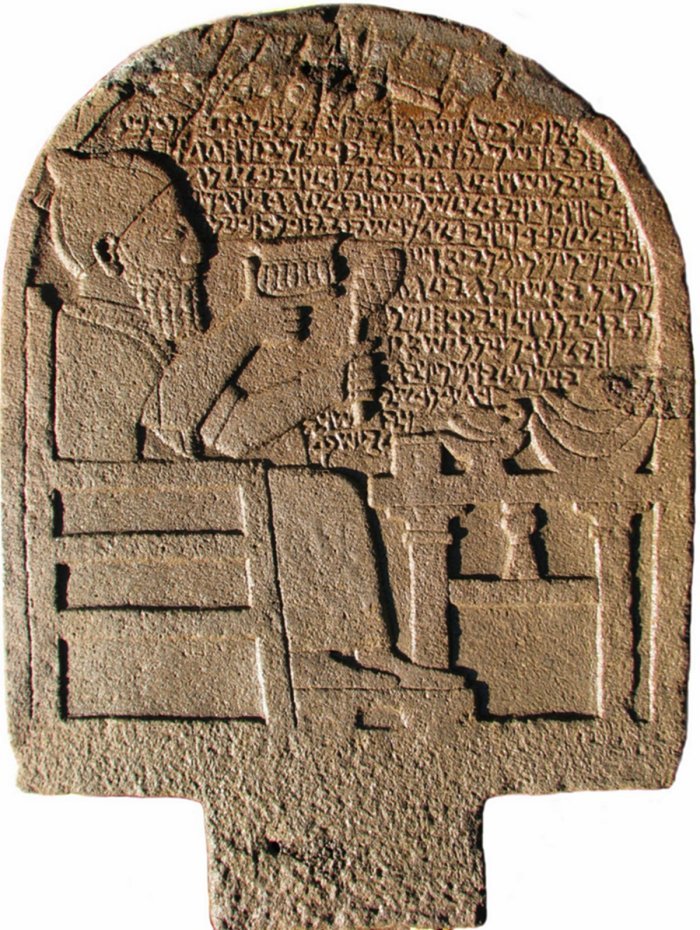
An inscription on a stone monument in Turkey from the eighth century B.C. indicated a belief that the body and soul were separate. Image credit University of Chicago
Kuttamuwa, an 8th-century BC royal official from Sam'al and a servant of King Panamuwa II (died ca. 733/732 BC) ordered this inscribed stele to be erected upon his death. The inscription requested that his mourners commemorate his life and his afterlife with feasts "for my soul that is in this stele".
“I, Kuttamuwa, servant of [the king] Panamuwa, am the one who oversaw the production of this stele for myself while still living. I placed it in an eternal chamber and established a feast at this chamber: a bull for [the god] Hadad, a ram for [the god] Shamash and a ram for my soul that is in this stele."
The Kuttamuwa Stele is an ancient memorial document of ancestor cult and beliefs about the soul, dated back to about 735 BC. It is also one of the earliest records that relate to a soul as an entity separated from the body.
The basalt stele that weighs 800 pounds and is three feet tall, is carved with an image of a man named Kuttamuwa seated before a table with offerings to the deceased and to local gods.
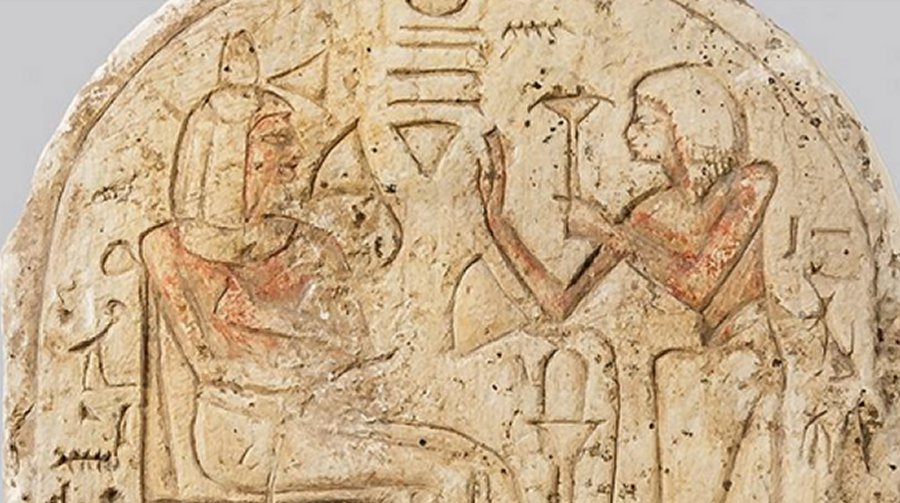
Stele showing a deceased man being attended by family members, part of an ancestor cult. Luxor, Egypt, ca. 1295-1069 BC. Image credit: Oriental Institute of the University of Chicago
It was believed that Kuttamuwa’s spirit inhabited this funerary slab and the words carved on the stele were the man’s last words. The stele confirms Iron Age beliefs about the afterlife and their belief that the soul separates from the body.
The monument is covered with the longest known memorial inscription of its type that revealed an unknown practice of enacting annual sacrifices for the soul of the deceased. According to the inscription, the soul of the deceased resided in the stele.
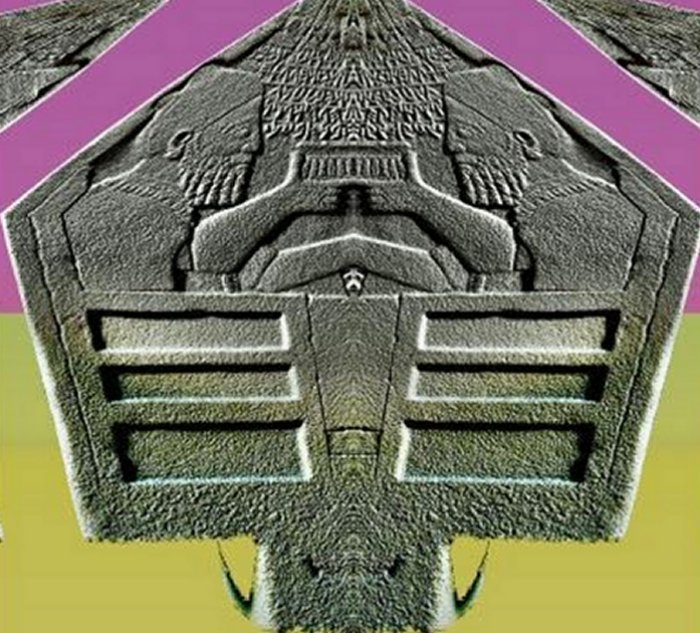
An ancient Middle East tradition among prehistoric cultures in Mesopotamia, Egypt, Anatolia, and the Levant (Syria-Palestine) is also closely related to the relationship between the dead, people’s funerary customs and life in the eighth century B.C
The script is derived from the Phoenician alphabet and a Semitic language that appears to be an archaic version of Aramaic, a language widely used in the Middle East at that time.
The biblical commandment to “Honor your father and your mother, that your days may be long” (Exodus 20:12), is rooted in the tradition expressed by the Kuttamuwa text, which also informs that the rituals took place not just at the grave or in the home, but in a special private mortuary chapel next door to a temple, where the Kuttamuwa stela was discovered.
Written by – A. Sutherland - AncientPages.com Senior Staff Writer
Copyright © AncientPages.com All rights reserved. This material may not be published, broadcast, rewritten or redistributed in whole or part without the express written permission of AncientPages.com
Expand for references
References:
Oriental Institute, The University of Chicago
Pardee, Dennis. "A New Aramaic Inscription from Zincirli." Bulletin of the American Schools of Oriental Research, no. 356 (2009): 51-71.
More From Ancient Pages
-
 Ominous Black Layer – A Geological Anomaly Or Scientific Evidence Of A Great Ancient Cosmic Catastrophe?
Ancient Mysteries | Jan 29, 2019
Ominous Black Layer – A Geological Anomaly Or Scientific Evidence Of A Great Ancient Cosmic Catastrophe?
Ancient Mysteries | Jan 29, 2019 -
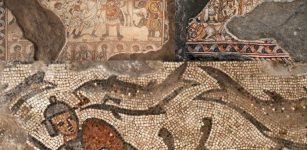 World’s Oldest Mosaics Of Biblical Jonah And The Whale Discovered
Archaeology | Jul 23, 2017
World’s Oldest Mosaics Of Biblical Jonah And The Whale Discovered
Archaeology | Jul 23, 2017 -
 Could Aztec Innovative ‘Chinampas’ – ‘Floating Islands’ Help Modern Farmers?
Archaeology | Nov 4, 2019
Could Aztec Innovative ‘Chinampas’ – ‘Floating Islands’ Help Modern Farmers?
Archaeology | Nov 4, 2019 -
 Legend Of Marguerite de Bressieux: Brave Noblewoman Who Sought Revenge For Sexual Assault
Featured Stories | Mar 29, 2020
Legend Of Marguerite de Bressieux: Brave Noblewoman Who Sought Revenge For Sexual Assault
Featured Stories | Mar 29, 2020 -
 Ancient High-Technology: Automatons In Greek Mythology
Ancient Technology | Feb 22, 2015
Ancient High-Technology: Automatons In Greek Mythology
Ancient Technology | Feb 22, 2015 -
 9,000-Years-Old Underwater Artifacts Found Off The Western Australia Pilbara Coast – Protect Flying Foam Passage Scientists Say
Archaeology | Jun 27, 2023
9,000-Years-Old Underwater Artifacts Found Off The Western Australia Pilbara Coast – Protect Flying Foam Passage Scientists Say
Archaeology | Jun 27, 2023 -
 Quest For Legendary Ophir – The Biblical El Dorado
Biblical Mysteries | Dec 16, 2016
Quest For Legendary Ophir – The Biblical El Dorado
Biblical Mysteries | Dec 16, 2016 -
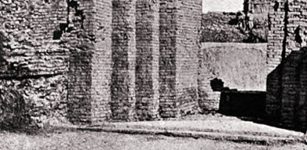 Sumerian City Of Girsu: Political, Religious Center With Large Archive Of Thousands Of Cuneiform Tablets
Civilizations | Jul 21, 2023
Sumerian City Of Girsu: Political, Religious Center With Large Archive Of Thousands Of Cuneiform Tablets
Civilizations | Jul 21, 2023 -
 Siege Of Alesia: Last Decisive Battle That Ended Gallic Independence In France And Belgium
Featured Stories | Feb 1, 2017
Siege Of Alesia: Last Decisive Battle That Ended Gallic Independence In France And Belgium
Featured Stories | Feb 1, 2017 -
 Why Is This Centaur Head A Scientific Mystery?
Archaeology | Jan 19, 2024
Why Is This Centaur Head A Scientific Mystery?
Archaeology | Jan 19, 2024 -
 Neolithic Monuments, Prehistoric Pits And Anglo-Saxon Cemetery Unearthed In England
Archaeology | Apr 19, 2016
Neolithic Monuments, Prehistoric Pits And Anglo-Saxon Cemetery Unearthed In England
Archaeology | Apr 19, 2016 -
 Ancient Inventions Of Firefighting Vehicles
Ancient History Facts | Feb 16, 2016
Ancient Inventions Of Firefighting Vehicles
Ancient History Facts | Feb 16, 2016 -
 Mazu: Chinese Goddess Of The Sea – Protector Of Fishermen
Chinese Mythology | Apr 16, 2016
Mazu: Chinese Goddess Of The Sea – Protector Of Fishermen
Chinese Mythology | Apr 16, 2016 -
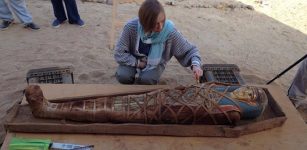 Wooden Coffin With Greco-Roman Mummy Wearing Mask Depicting Sky God Discovered In Egypt
Archaeology | Nov 17, 2017
Wooden Coffin With Greco-Roman Mummy Wearing Mask Depicting Sky God Discovered In Egypt
Archaeology | Nov 17, 2017 -
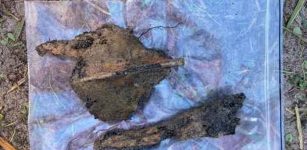 Intrepid Southern Voyage In The Wake Of Early Waka
Archaeology | Jun 28, 2023
Intrepid Southern Voyage In The Wake Of Early Waka
Archaeology | Jun 28, 2023 -
 Legend Of The Loretto Chapel Staircase – Unusual Helix-Shaped Spiral Construction
Featured Stories | Nov 1, 2018
Legend Of The Loretto Chapel Staircase – Unusual Helix-Shaped Spiral Construction
Featured Stories | Nov 1, 2018 -
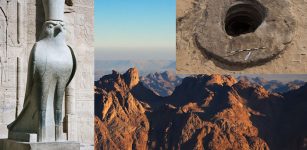 Pharaonic Water Wells Discovered For The First Time Near ‘Horus Road’ In Sinai, Egypt
Archaeology | Mar 1, 2022
Pharaonic Water Wells Discovered For The First Time Near ‘Horus Road’ In Sinai, Egypt
Archaeology | Mar 1, 2022 -
 Ancient Secrets Of The Amazon Jungle – The Man Who Stepped Into The Unknown Searching For The Lost City Of The Gods – Part 2
Ancient Mysteries | Mar 5, 2019
Ancient Secrets Of The Amazon Jungle – The Man Who Stepped Into The Unknown Searching For The Lost City Of The Gods – Part 2
Ancient Mysteries | Mar 5, 2019 -
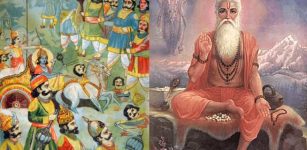 Legend Of Kauravas – Ancient Cloning And Test Tube Babies In India?
Featured Stories | Apr 21, 2017
Legend Of Kauravas – Ancient Cloning And Test Tube Babies In India?
Featured Stories | Apr 21, 2017 -
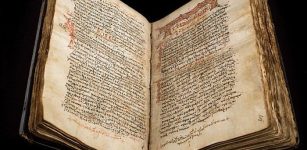 Secrets Of The Bible: Codex Zacynthius – Hidden Text In New Testament May Soon Be Uncovered
Biblical Mysteries | Oct 7, 2014
Secrets Of The Bible: Codex Zacynthius – Hidden Text In New Testament May Soon Be Uncovered
Biblical Mysteries | Oct 7, 2014

